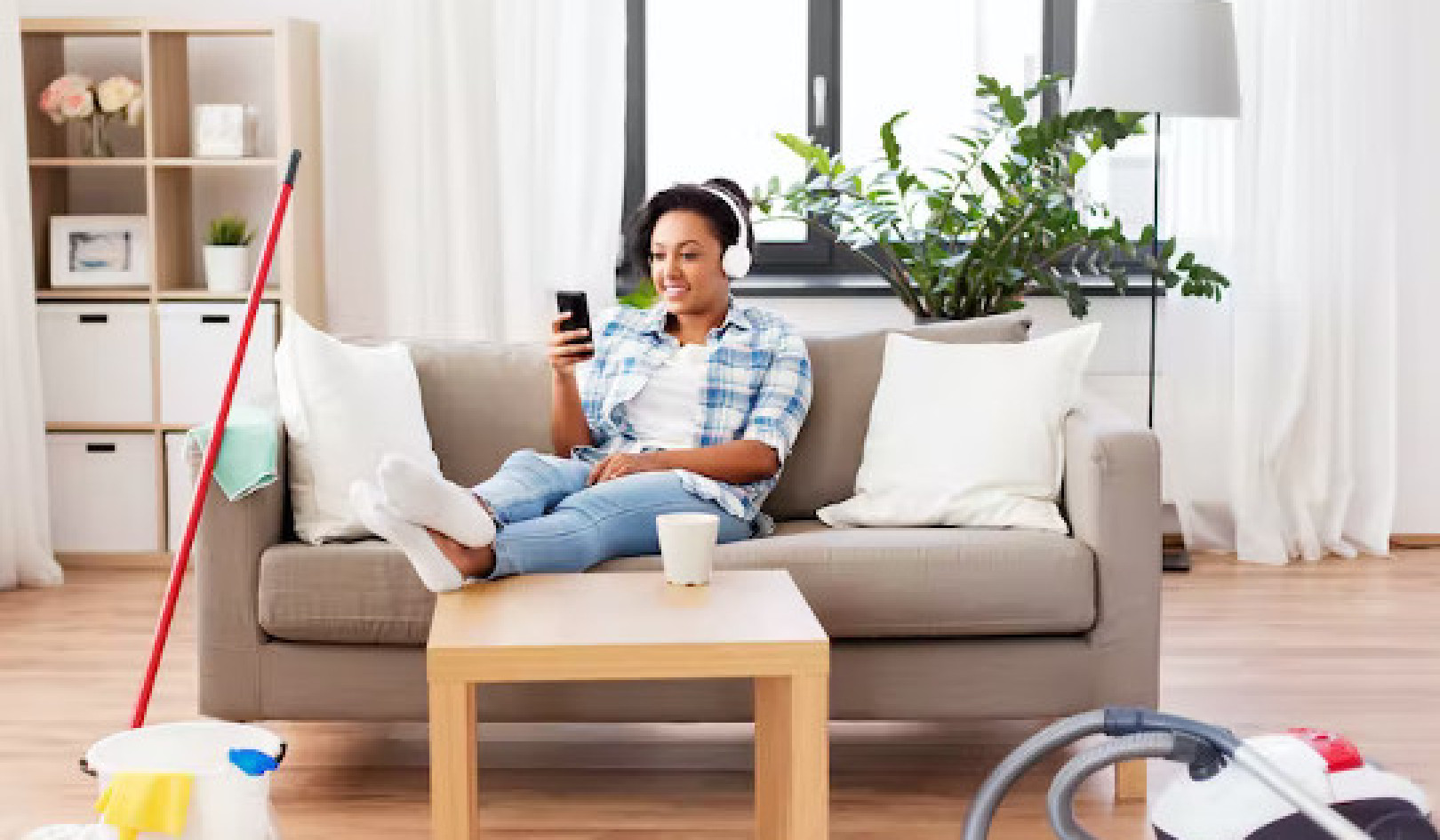 Coordinated brains. Jacob Lund/Shutterstock
Coordinated brains. Jacob Lund/Shutterstock
Many people across the world are still living under tough restrictions or lockdowns because of the pandemic, staying home as much as possible. This means that a lot of parents are spending more time than ever with their children. But how do you turn that time into a deeper relationship?
New research, simultaneously measuring brain activity of parents and children, offers some insights.
To effectively interact with others, we must establish an emotional connection as well as swiftly and accurately infer each other’s goals and intentions. Research shows that this works best if we coordinate our behaviour and bodily responses. Luckily, we have a natural tendency to get in sync with others. For example, we automatically imitate one another –- with classical examples including laughing and yawning –- and engage in complex patterns of coordinated eye gaze or touch.
We even socially synchronise our physiology, for example, through the alignment of our heartbeats and hormone secretion (such as cortisol and oxytocin). When we bond with others, it is as if our entire body engages in a “social dance”.
Socially dancing with others enables us to more easily feel what they are feeling and think what they are thinking. This process, called bio-behavioural synchrony, helps us to more strongly connect with one another. During childhood, being in sync with others is also vital for social, emotional and cognitive development.
Brain-to-brain synchrony
Researchers have recently started testing what happens in the brain when two people interact in this way. Using functional near-infrared spectroscopy (fNIRS) “hyperscanning”, brain activity can be measured while people are doing various tasks and wearing a cap linked up with optical sensors. This is done for each participant, and brain activity is then compared. Synchrony arises when there are aligned decreases and increases in the same brain area at roughly the same time.
Studies using this approach with adults have shown that brain activity also tends to become coordinated during interactions. Also, brain-to-brain synchrony was found to be higher in romantic partners compared with friends or strangers.
But what about parents and children? Our new research reveals that brain-to-brain synchrony is also increased when both mums and dads interact with their children, especially when they play or solve problems, such as puzzles, together. Tellingly, the stronger the brain-to-brain synchrony, the more problems parents and children can solve. We have also found increased brain-to-brain synchrony in mums and their kids when they talk to each other.
Engaging in activities with one’s children, such as solving problems through play or simply having a conversation, should therefore always be seen by parents as opportunities to strengthen the parent-child bond and help their children develop vital social, emotional and cognitive skills.
Mums and dads
Brain-to-brain synchrony has been observed to be stronger for children interacting with their parents than with an unknown adult. Although this shows that the parent-child relationship is special in terms of coordinated brains – probably reflecting their closer emotional bond – it does not yet reveal much about the relationships’ underlying qualities. When we looked more closely at how brain-to-brain synchrony between parents and their children related to interaction and relationship quality, we found several additional clues. Interestingly, these clues differed somewhat between mums and dads.
We saw stronger brain-to-brain synchrony during both puzzle solving and conversation if mums and kids took more turns, meaning that they performed the task or spoke alternately – or in succession. The same was true when children were able to more strongly engage in the task instead of being led by their mothers, and so given more autonomy.
Conversely, synchrony diminished during puzzle solving when mothers reported being stressed. In such moments, taking a short break and engaging in self-care may be beneficial for both mothers and children.
 Don’t forget taking turns saving the world. Yuganov Konstantin/Shutterstock
Don’t forget taking turns saving the world. Yuganov Konstantin/Shutterstock
In father-child pairs, however, we did not find any links between brain-to-brain synchrony and turn-taking, child autonomy or stress. In turn, we saw higher synchrony in those pairs where dads indicated that being involved in childcare is important for child development and rewarding for themselves.
Take-home message
It seems that brain-to-brain synchrony between mums and dads and their children can be achieved by different means. One possible explanation may be that mother-child interactions are marked by more rhythm and structure, whereas father-child interactions may be somewhat jerkier and energetic. Such different experiences enable children to successfully and simultaneously interact with different types of caregivers and practice a variety of social, emotional and cognitive skills.
But it is important to note that social roles – like dads’ attitudes towards fatherhood – can also have an influence. Recent reviews emphasise the value of recognising fathers as caregivers and attachment figures for their children. So it is vital to keep promoting dads’ role in child development and enable them to spend and enjoy more time with their kids.![]()
About The Author
Pascal Vrticka, Lecturer in Psychology, University of Essex
This article is republished from The Conversation under a Creative Commons license. Read the original article.

Related Books:
Here are 5 non-fiction books on parenting that are currently Best Sellers on Amazon.com:The Whole-Brain Child: 12 Revolutionary Strategies to Nurture Your Child's Developing Mind
by Daniel J. Siegel and Tina Payne Bryson
This book provides practical strategies for parents to help their children develop emotional intelligence, self-regulation, and resilience using insights from neuroscience.
Click for more info or to order
No-Drama Discipline: The Whole-Brain Way to Calm the Chaos and Nurture Your Child's Developing Mind
by Daniel J. Siegel and Tina Payne Bryson
The authors of The Whole-Brain Child offer guidance for parents to discipline their children in a way that promotes emotional regulation, problem-solving, and empathy.
Click for more info or to order
How to Talk So Kids Will Listen & Listen So Kids Will Talk
by Adele Faber and Elaine Mazlish
This classic book provides practical communication techniques for parents to connect with their children and foster cooperation and respect.
Click for more info or to order
The Montessori Toddler: A Parent's Guide to Raising a Curious and Responsible Human Being
by Simone Davies
This guide offers insights and strategies for parents to implement Montessori principles at home and foster their toddler's natural curiosity, independence, and love of learning.
Click for more info or to order
Peaceful Parent, Happy Kids: How to Stop Yelling and Start Connecting
by Dr. Laura Markham
This book offers practical guidance for parents to shift their mindset and communication style to foster connection, empathy, and cooperation with their children.
























